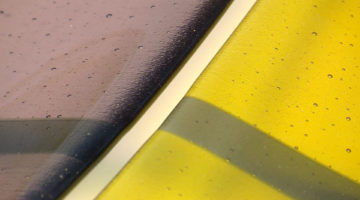
Beating Bubbles L072
Bubbles of trapped air are a perfectly natural phenomenon when working with kilnformed glass. Learn what causes large bubbles and ways to help prevent them

Bubbles of trapped air are a perfectly natural phenomenon when working with kilnformed glass. Learn what causes large bubbles and ways to help prevent them
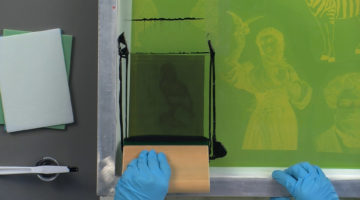
In this lesson, we'll focus on screen-printing studio practice, how to select an appropriate screen, what chemicals you'll need, and how to use them safely.
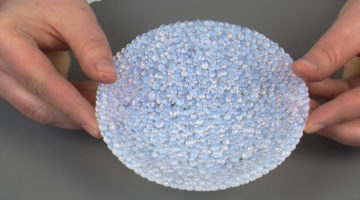
In this lesson, you'll learn how to make your own frit balls. We'll also discuss special firing considerations for different styles of glass, and ideas for using frit balls in a variety of kilnforming applications.
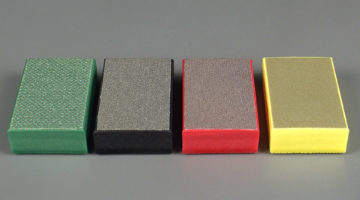
Diamond hand laps are a powerful design tool available to kilnformers - learn to use them safely and effectively.
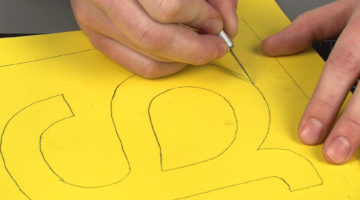
In this lesson, you will learn what kinds of imagery are best suited to the hand-cut stencil method, the process of preparing the image on vinyl, transferring it to the screen, and how to clean up materials when you're finished
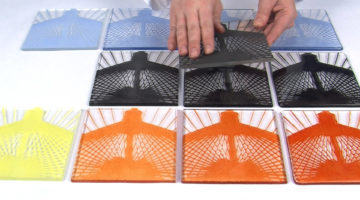
Powder printing allows artists to produce archival images on glass with a range of colors, textures, and layers of transparency. This lesson is based on Stacy Lynn Smith's approach to powder printing.
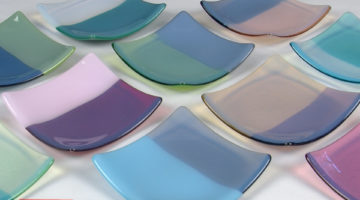
Opaline sheet glass has great potential to expand the color palette in kilnforming because it has the ability to create new colors with distinct properties. Learn more about using Opaline in this lesson.
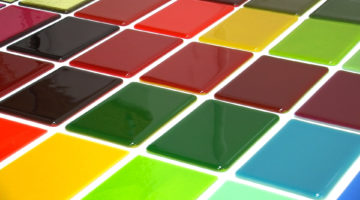
In this lesson, learn to create a broad array of hues for use in kiln-glass projects by firing two different colors of sheet glass together.
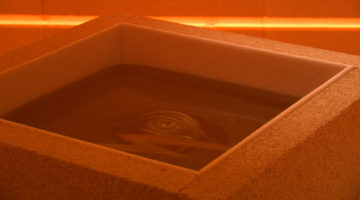
Box casting is a great way to create a reverse-relief, cast-glass object with exceptional clarity. This process is ideal for producing multiple editions of a piece.
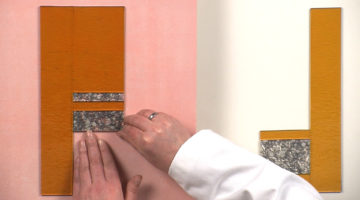
What should you expect when the part sheet is thicker than 3mm or if the surface is bumpy and irregular? Learn how to navigate these design choices in this lesson.
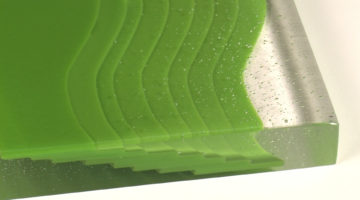
In this lesson you will learn how to create individual design layers, lay up a block to control bubbles and minimize coldworking, and considerations for damming, firing, and finishing the work.
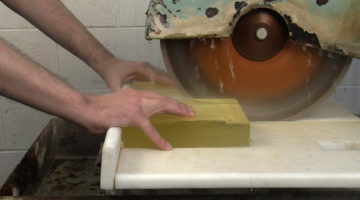
In this lesson you will become familiar with the tile saw, see the working options it provides, and learn about safe operation and maintenance.